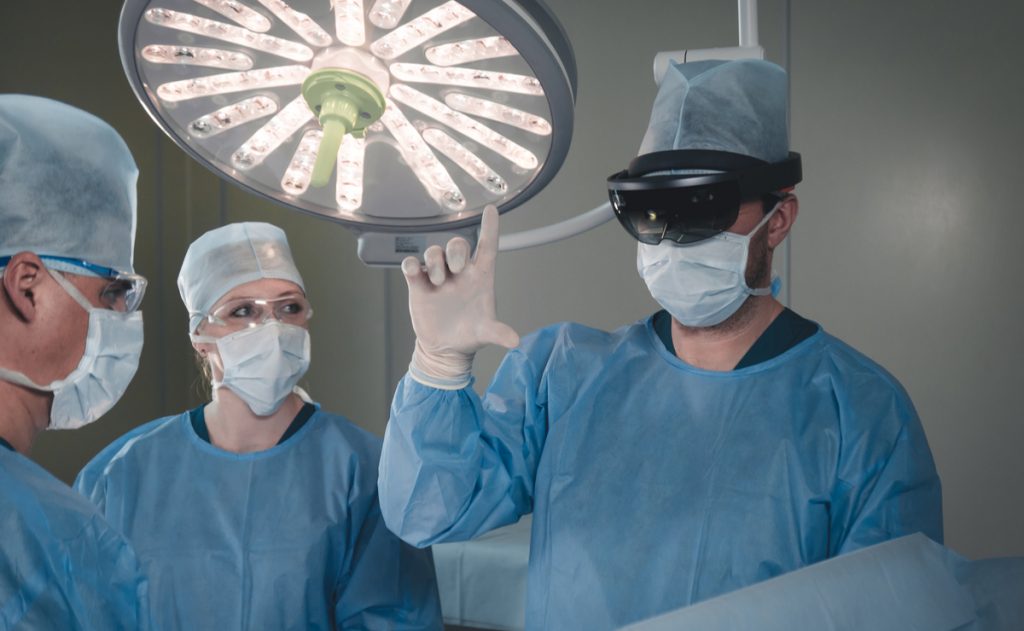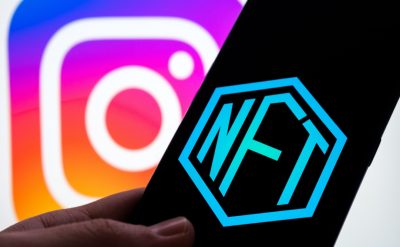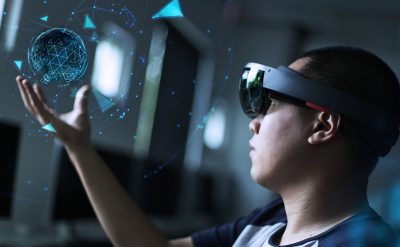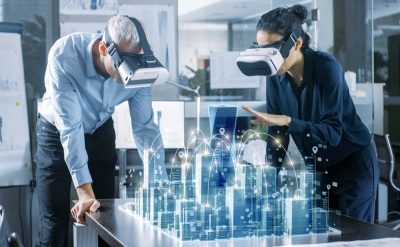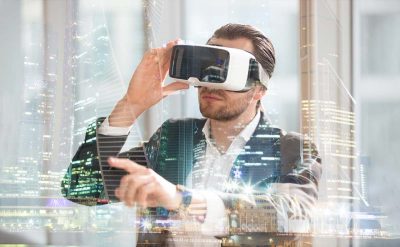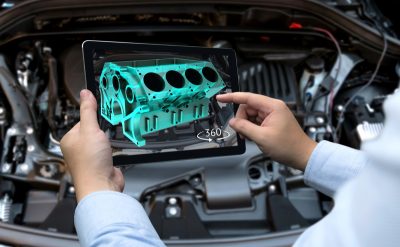Highlights:
- Healthcare specialists are using AR technology for the betterment of their patients and business.
- AR and MR industries are anticipated to account for about USD 20 billion over the projected period.
- AR and MR products have come to the forefront of the news, with a project led by Imperial College Healthcare NHS Trust.
Mixed reality (MR) and augmented reality (AR) are growing at a rapid pace and have high demand from the healthcare sector. Further, these technologies offer healthcare professionals with a hands-free working environment, greater flexibility with overlaying information, and processing information from its camera. This market is expected to account for about USD 20 billion over the forecast period (2020–2030), IDTechEx predicted.
AR and MR are just one aspect of the “spatial reality” clan. Another representative of this clan is virtual reality (VR). IDTechEx estimated the MR/AR/VR market to account for about USD 30 billion by 2030.
The AR and MR products are ruling the front page of the news reports recently, with a project led by Imperial College Healthcare NHS Trust. Physicians have been wearing the Microsoft HoloLens headsets while operating the front lines of the COVID-19, to take care of their patients. The pandemic has put the spotlight on this interactive and hands-free technology. However, the focus will remain for a few years.
Teleconferencing plays an important role in offering medical assistance in regions of limited healthcare services. It uses data captured from an MR and AR device. With enhancements in technology and hardware, AR and MR are expected to dominate industries in the coming years.
Mixed and augmented reality products are one solution to the “Skills Gap Problem.” AR enables the user to offer remote assistance, guidance, and remote training on using specific equipment, without any physical presence. AR and MR for businesses offer the stepping stone to help employers create a more flexible and safe training environment for their employees.
About AR
AR is the use of sensors, displays, and cameras to overlay digital data onto the real world. AR is not a new concept, but enhancements in sensor and camera technology and continuous research on AR software made it practical. In the coming years, we can expect to see more advancements in AR devices and applications enter the industry. In fact, the medical and healthcare fields will be among the first to embrace AR. AR is exclusively used across the globe for applications such as education, vein visualization, and surgical visualization.





























































